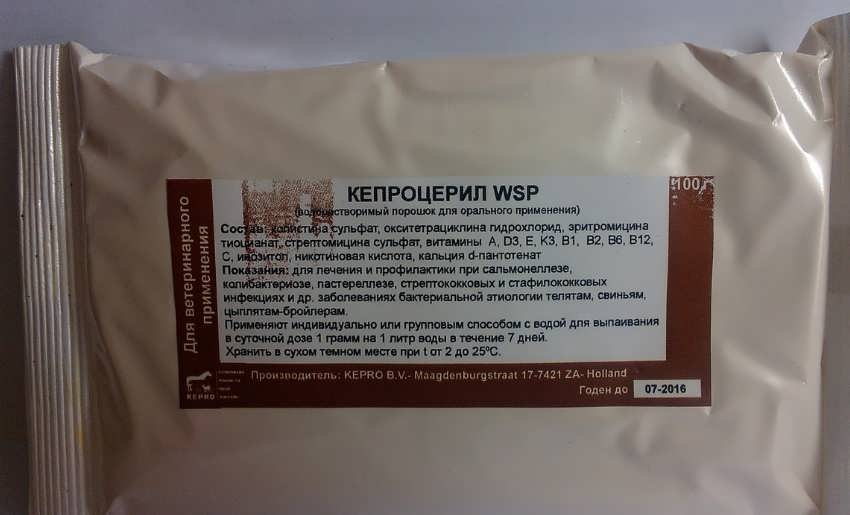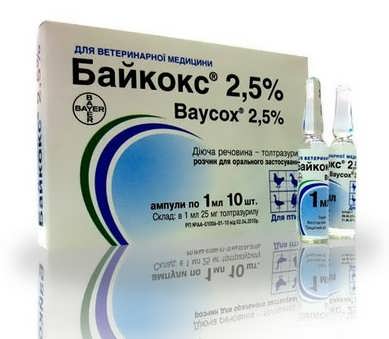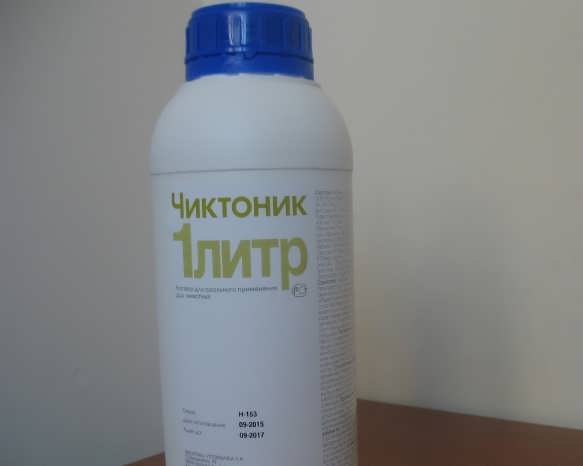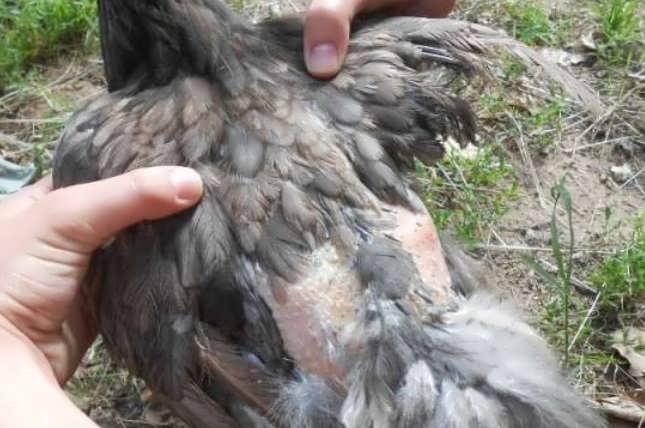Enroflon, a highly effective antibacterial drug used in veterinary medicine, ensures the recovery of farm animals in the shortest possible time. It is intended not only for the treatment of diseases caused by bacteria and mycoplasmas, but also for the purpose of prevention. With the help of Enroflon, epidemics caused by dangerous microorganisms can be prevented.
Instructions for use
Enroflon is available in powder form, foam tablets, injection solution and oral solution in different ratios (2.5%, 5%, 10%)
In the preparation (in 1 ml.) are:
- 100 mg. enrofloxacin (basic substance);
- 0.01 ml. benzyl alcohol;
- 25 mg. potassium hydroxide;
- 10 mg. trilon B;
- water until the required volume is obtained.
A 10% solution is used for birds by dropping into the beak or adding to the drinking water tank.
The minimum packaging is 5 ml, the maximum is 1000 ml.
Enroflon is a fluoroquinolone that fights the following bacteria:
- Pseudomonas aeruginosa;
- coli;
- enterobacteria;
- salmonella;
- hemophilic rods;
- klebsiella;
- pasteurella;
- bordetella;
- campylobacter;
- corynebacteria;
- staphylococci;
- streptococci;
- pneumococci;
- clostridia;
- mycoplasmas.
Not active against anaerobic bacteria. After entering the stomach, it spreads to all organs, except for nerve cells. Does not interact with blood proteins.
Enrofloxacin blocks the division of the DNA of pathogenic bacteria, destroying their vital activity.
The maximum degree of concentration occurs after 1-3 hours, the therapeutic effect persists for 6 hours.
Dosage for birds: 5 ml. the drug is diluted in 10 ml. pure water.
Refers to low-toxic drugs of class 4, subject to the recommended dose. Watering of a bird is made within 3 or 5 days. During the entire time of treatment, water is placed only with a solution of this medicine.
For what diseases of birds is Enroflon 10% solution used?
For all infectious diseases of poultry caused by bacteria that are sensitive to fluoroquinolone, Enroflon 10% can be used:
- from bronchitis;
- from enzootic and bacterial pneumonia;
- from colibacillosis;
- with atrophic rhinitis;
- with enteritis;
- with mycoplasmosis;
- from salmonellosis;
- with secondary infection.
This medicine can be used for ducklings , goslings and for turkeys from birth. For chickens, the instructions for use are similar.
You should be aware that there are restrictions for laying hens. Eggs should not be eaten if chickens were given Enroflon.
With salmonellosis, give a double dosage.
It is important! The meat of birds treated with this drug should not be eaten for 11 days from the date of the last dose. Before the expiration of this period, such meat can only be processed for feeding other animals and preparing meat and bone powder.
An adult bird is soldered with Enroflon as soon as loose stools, inactivity, discharge from the nasopharynx, suppuration in the eyes, with wheezing and coughing are noticed.
Water with the drug must be clean, not very cold.
Poultry meat treated with this remedy should not be eaten until 11 days have passed since the last dose. Until this time, the meat is suitable only for processing to feed other animals.






Hello! I had such a situation. I bought a rooster, in the evening I brought it into the chicken coop to my chickens, and in the morning I saw that he was wheezing and he had a discharge from his nose, in the evening there were no these signs. Two days later all my chickens fell ill - they began to wheeze and sneeze .And this rooster stopped wheezing .... They advised to drink them with eriprim. I drank for 6 days, wheezing stopped as well as egg production .... Later I read that laying hens should not be given this drug .... Now there is a strange picture in the chicken coop ... roosters don’t trample chickens, chickens don’t they rush, they only eat a lot and sleep .... there is silence in the chicken coop ... It scares me, I thought it might be a molt,? But a month and a half ago they were well-grown after an active annual egg production .... Maybe this is the effect of this prohibited medicine for layers?